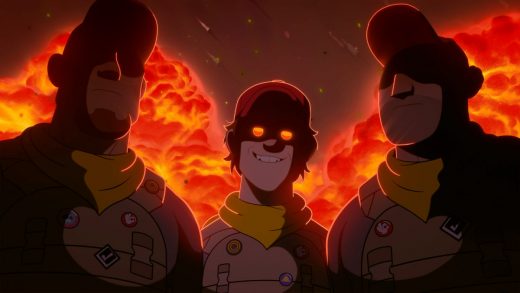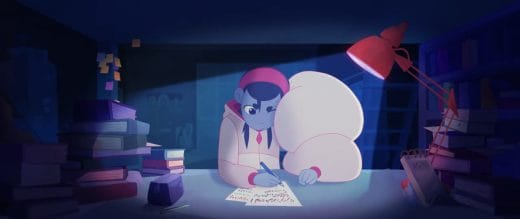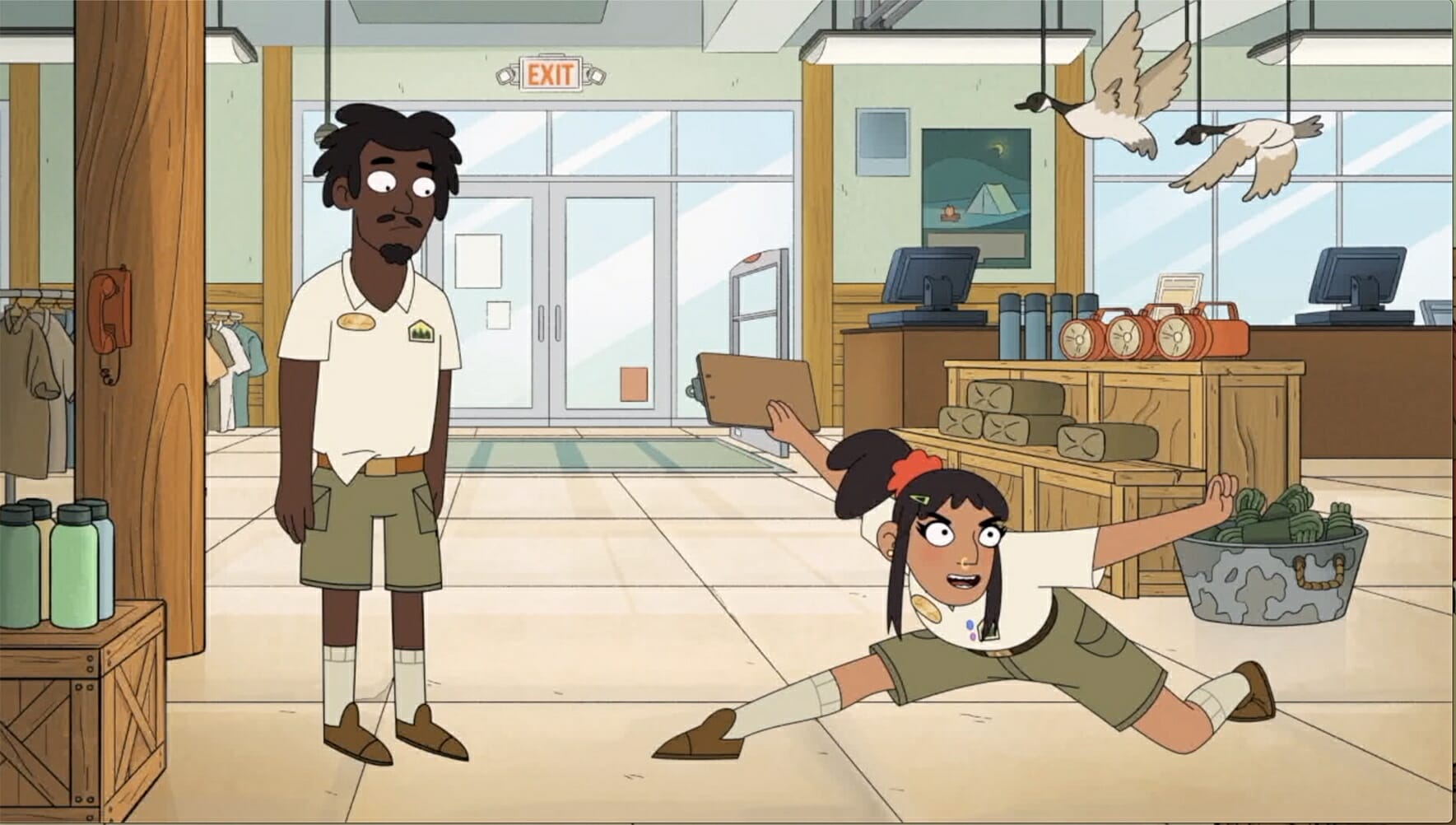
In Tent Sale, Josh takes a job at Camp-orium. He and his supervisor, Hilary, are in for more than they bargained for when they confront the most impressive tent on the sales floor. This comedic film is the first animated short produced entirely by Studio Smokescreen; the only Black-owned animation studio in the Los Angeles area.
Led by co-owners, and siblings, Kris and Chase Wimberly, Studio Smokescreen is an animation studio built with the mission of discovering, supporting, training and preparing animation talent from underrepresented and marginalized communities. The studio serves as a training ground for individuals from underrepresented backgrounds to hone their craft while providing mentorship from industry professionals. The goal is that new animation talent will have the opportunity to leverage their experience at Studio Smokescreen as a means to break into the “big studio” circuit.
We caught up with Kris to learn how he and his brother came up with the concept behind Studio Smokescreen, their vision for the studio, and the craft that went into Tent Sale.
Hello Kris! To begin, could you share with us a bit about yourself and your career, work, and background in animation?
I knew I wanted to do animation since I was probably 4-years-old. In fact, I remember the exact video that sparked my interest. It was the Paula Abdul music video for Opposites Attract. In it, she’s dancing around with an animated cat. Between seeing that video and watching animated shows, I knew I wanted to be an animator.
As I got older, I figured out specifically that I wanted to work in animation for TV rather than feature. The pace of television, with its fast turnover of characters and stories attracted me. But unfortunately, I didn’t have tons of support from my family in pursuing my animation dreams. Throughout high school, I didn’t take any courses in the arts, or do extracurriculars that involved art. I kept my passion for animation alive purely in my spare time.
When it came time to focus on a career in college, I decided I needed to at least give the arts a try to see what I could make of that kind of career. I’d heard from many adults about jobs they clearly hated, and I didn’t want to risk that. So I went to a fully accredited university where I did a double major in illustration and animation.
I graduated with honors. And right away wrangled my way into an internship with Nickelodeon, on Spongebob Squarepants, which I parlayed into a production assistant job. After two months, Nickelodeon gave me my first revisionist spot on Spongebob. Everything took off from there!
I’ve now been in the industry for almost 15 years. I have worked at every major studio you can think of, including small and international studios. I’ve worked on everything from preschool animation to prime time television; in 2D and CG flash animation, and I’ve done both script driven and board driven work. I’ve built a great career, going from an unpaid intern to director and show creator at Disney TVA!
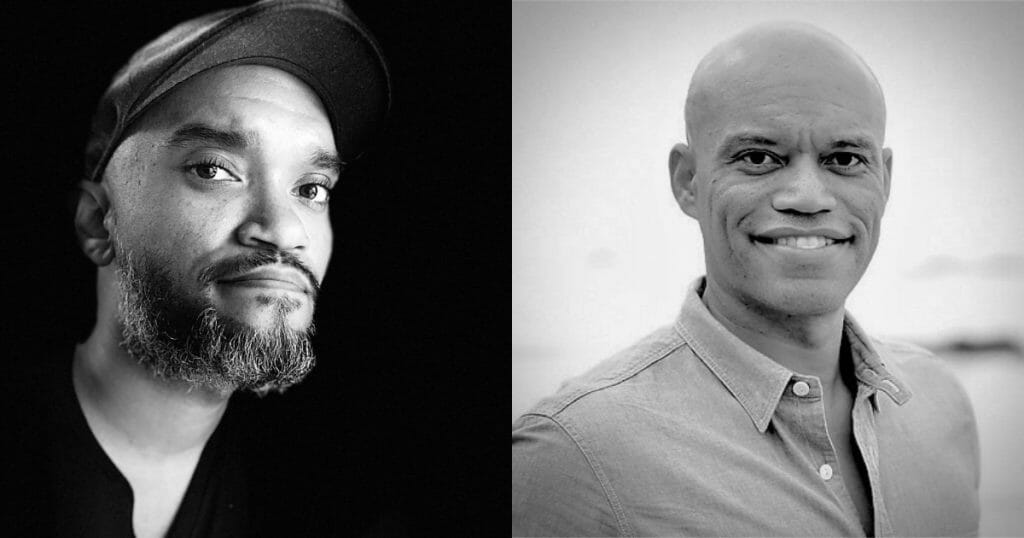
Tell us how you started Studio Smokescreen.
Back in June 2020, I was out on a hike with my brother, Chase. I was telling him about how good I felt about the direction of my career. I had just wrapped up a project, and had multiple offers for my next one. And I actually had a choice about what studio and what level of project I wanted to work on.
Chase, who is super business-minded, asked me what I was going to do with all the momentum I had. And he suggested that I start my own thing. The way he put it was that I should find a way to make something of all the interest and energy coming my way. I told him that I would do it, but only if he would do it with me. He was in! Chase agreed to support me in building my own animation studio.
What was the vision behind Studio Smokescreen?
Chase and I both felt it was important to have a mission. Or something we wanted to accomplish in creating our studio. So I shared with Chase all the holes that I’ve noticed in the animation industry. The most important gap that I’d experienced was the process of becoming established. In my early career, I had to work so hard to prove to people what I’m capable of. I noticed that others did not have to put in that same effort because they had advantages I didn’t.
We decided that the main goal of the studio would be to elevate people in the industry who are marginalized — or facing unfair hurdles. We want to give those people the opportunities that they are having trouble accessing for various reasons. It might be that they don’t have the means to go to a good school, or travel to a job, or have mentorship connections.
Chase loved this idea, and wanted to take it one step further. He suggested that we not only support underrepresented artists, but that we create content that tells underrepresented stories, too. Support marginalized communities both on screen and behind the scenes officially became our vision for Studio Smokescreen.
Here are some of my favorite shots from it, which were boarded before the character design was updated 🙂#PortfolioDay #storyboards #openforworkanimation pic.twitter.com/BR38O5K2Dd
— Andrea Mercado (@TwilightCiel) July 12, 2022
Could you describe what Studio Smokescreen’s ‘core levels’ are and why they are all so important?
We came up with the three core levels as a way to guide the mission behind Studio Smokescreen. The first core level is that we position ourselves as a partner studio. This means we take on overflow work from the larger studios. Sometimes we work with them on a micro level; meaning the larger studio just needs us to pick up some boards. Other times, we run entire productions.
The second core level is that we generate our own IP at Studio Smokescreen. We pitch, produce, and sell our own projects. This is an important level, because creating our own content helps us ensure that a new generation of animation talent and content gets to represent audiences and perspectives that have long been overlooked.
The third core level is that we develop new animation talent by training and growing them through work on in-house and service-oriented projects. We pay our talent fair union wages, and also give them valuable projects and credits to showcase in their portfolios. This helps to bridge their careers into larger companies and studios.
The goal is that these three levels together bring greater diversity to the animation industry as a whole.
How do you go about finding animation talent to work at Studio Smokescreen?
We have a couple different streams of recruitment. One tried-and-true way to find talent is by posting on social media. Whenever we share that we’re looking for artists on our social channels, we get tons of great responses.
We also find that artists simply come to us! At any given moment I have an inbox full of emails from talented people who are interested in working with us. We also get referrals from industry recruiters. And I sometimes find talent simply through the classes I teach and the portfolio reviews I do.
Tent Sale is Studio Smokesreen’s first animated short. Can you describe the film’s plot, and the inspiration behind it?
The point of Tent Sale is to show Studio Smokescreen’s chops, from writing and development all the way through to post-production. With Tent Sale, we wanted to show that we can produce broadcast-quality animation.
The story of Tent Sale is multi-layered. Beneath the comedy on the surface, we’re highlighting how there are spaces that were not intended historically for people of color (POC) to occupy. One of those spaces is camping. The scene inside the camping shop in Tent Sale is meant to be comedic, but it also points to the lack of POC representation in the outdoors.
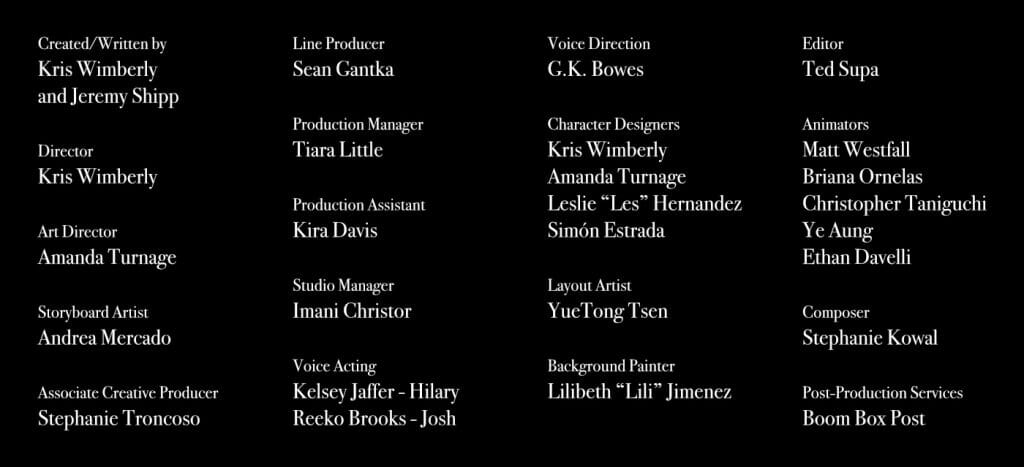
Tell us about what makes the team behind Tent Sale unique?
Women are so often the minority on production teams, which is one industry problem that Studio Smokescreen hopes to help address. And so I’m really proud to share that around 85% of the team that worked on Tent Sale were women.
The team behind the short was also very diverse in terms of experience. We had a mixture of industry veterans and green, first-time talent on the project. This meant that mentorship, teaching and training was baked into the production process. While working on Tent Sale, newer animation talent was able to learn directly from our veteran talent.
We also made a point to give newer artists an opportunity to take on high responsibility roles. For example, our art director for Tent Sale, Amanda Turnage, was a first-time art director.
How did Harmony and Storyboard Pro’s features help in Tent Sale‘s production process?
I am a long time Toon Boom user, specifically Storyboard Pro. I’m a fan of the software, so there was no debate about what we would use. It was a given that we’d work in Toon Boom.
We used Storyboard Pro for the boards and for building the animatic for Tent Sale. And we used Harmony 20 to animate the film in traditional 2D animation. Part of the benefit beyond the software itself being fantastic is that there’s such a huge Toon Boom user base. Basically everyone we’ve ever hired has experience using it.
What is next for Studio Smokescreen?
We’re super-excited about sharing Tent Sale with viewers. We hope that people who watch it can see that we are a legitimate, full studio capable of broadcast-quality animation. In the future, the goal is to produce our own content in partnership with networks or streaming services.
Everybody who has been a part of Studio Smokescreen so far has put in so much effort, and I’m very grateful for it. I’m enormously excited about our future path because we have done all the groundwork and are absolutely reaping the rewards. I can’t disclose any real details yet, but I can say that Studio Smokescreen has several great projects coming up.
- Interested in seeing more work from Studio Smokescreen? You can find background design, character design and storyboard samples on the studio’s website.
- You can also follow Studio Smokescreen on Facebook, Instagram, Twitter and LinkedIn.


